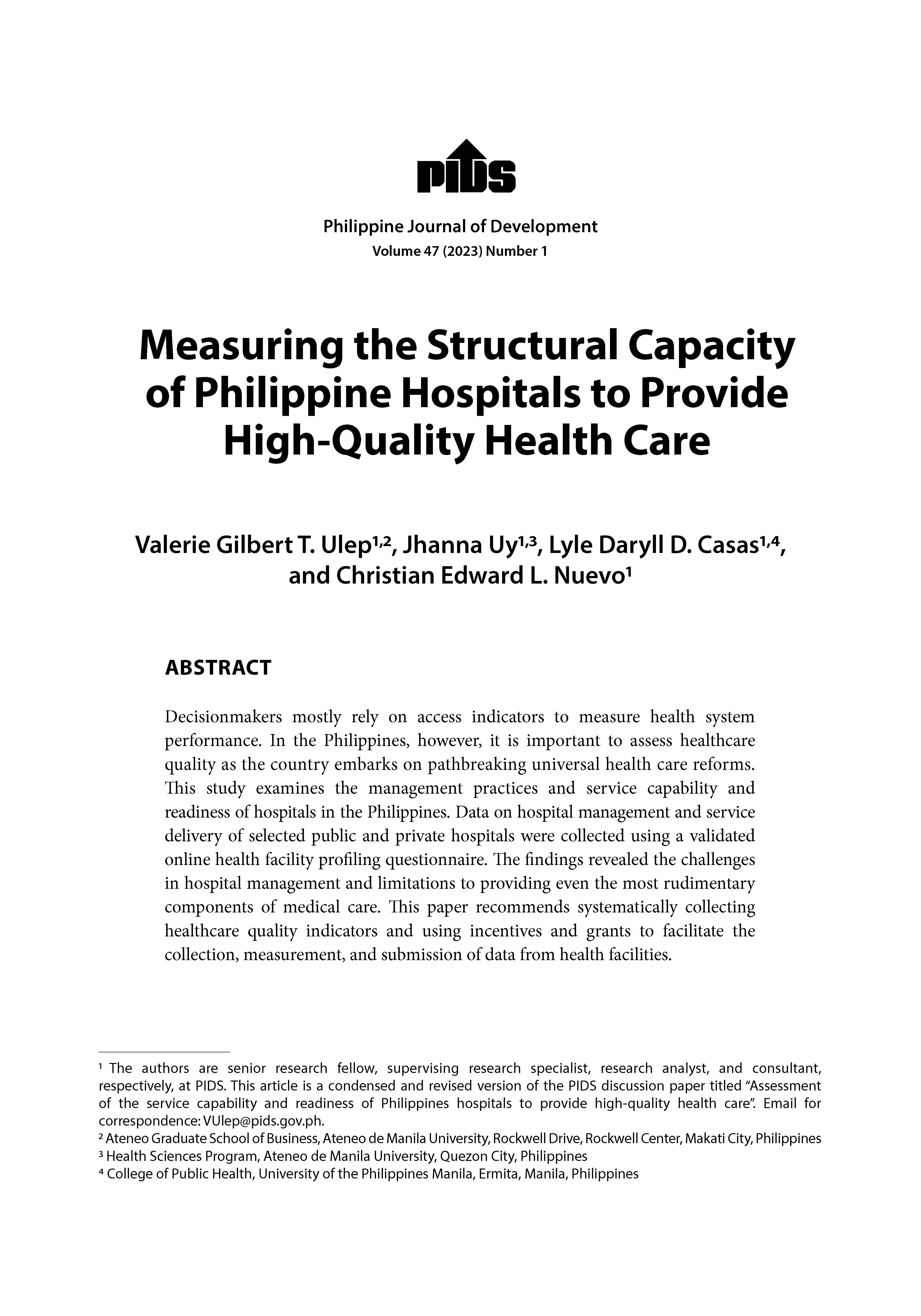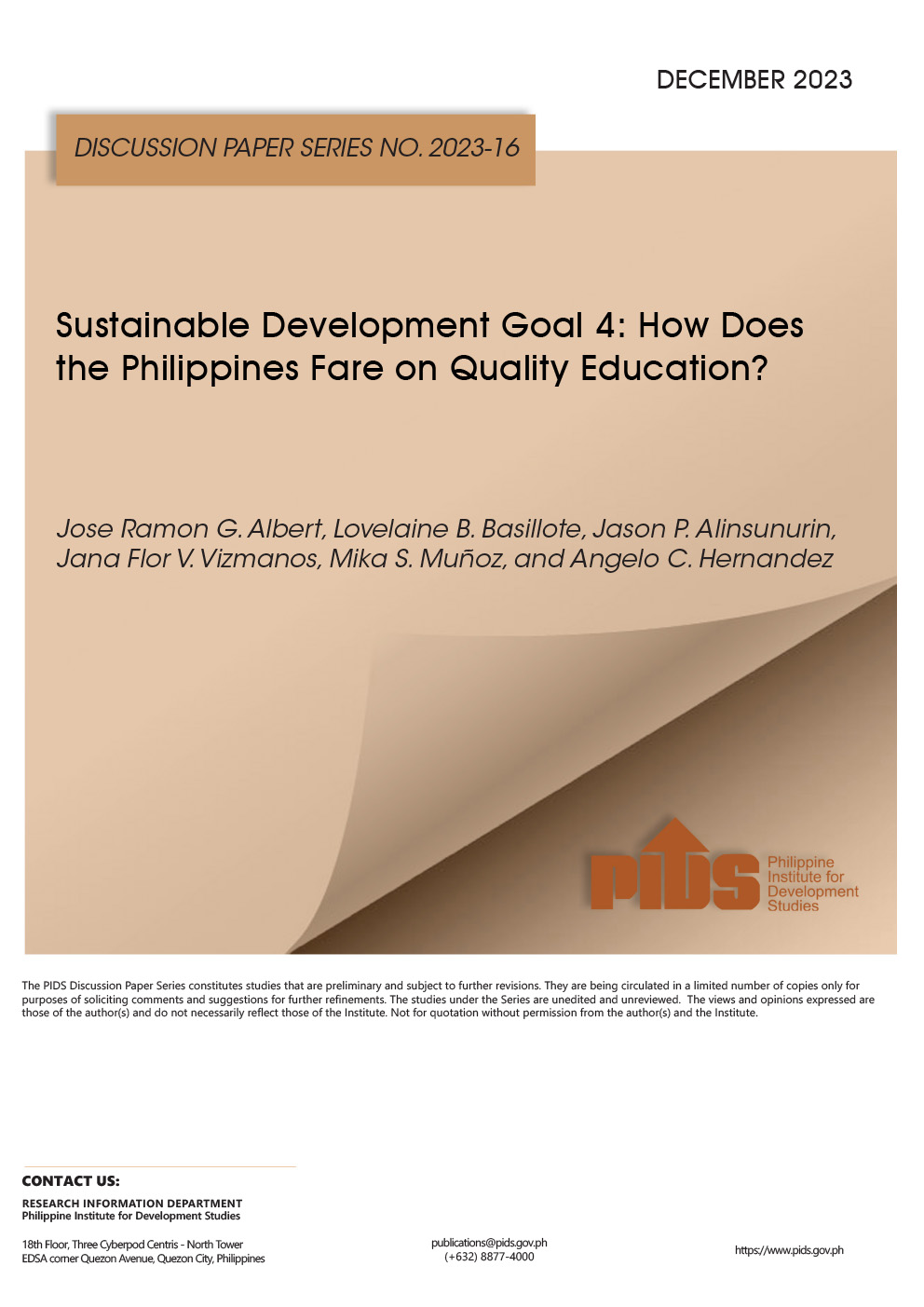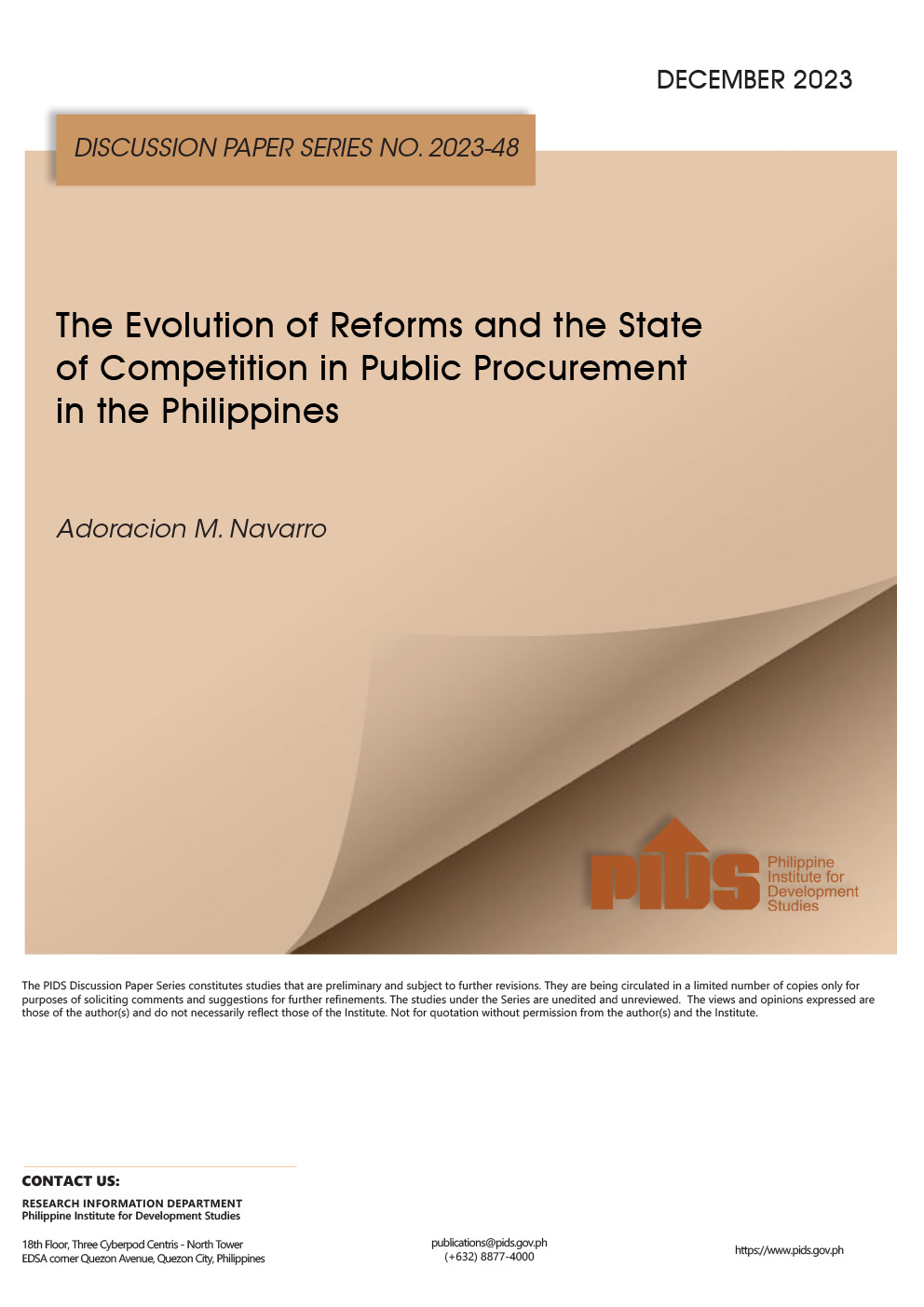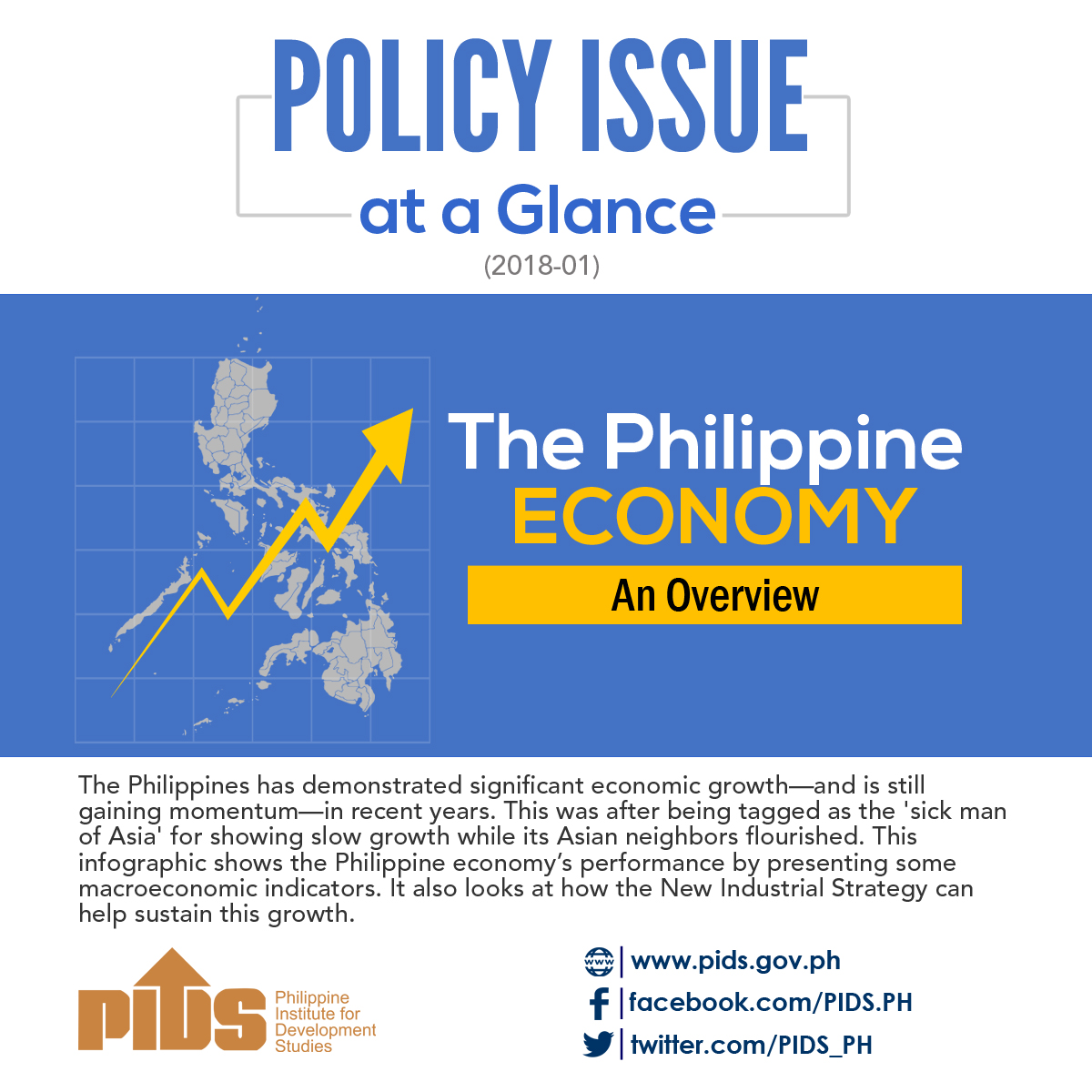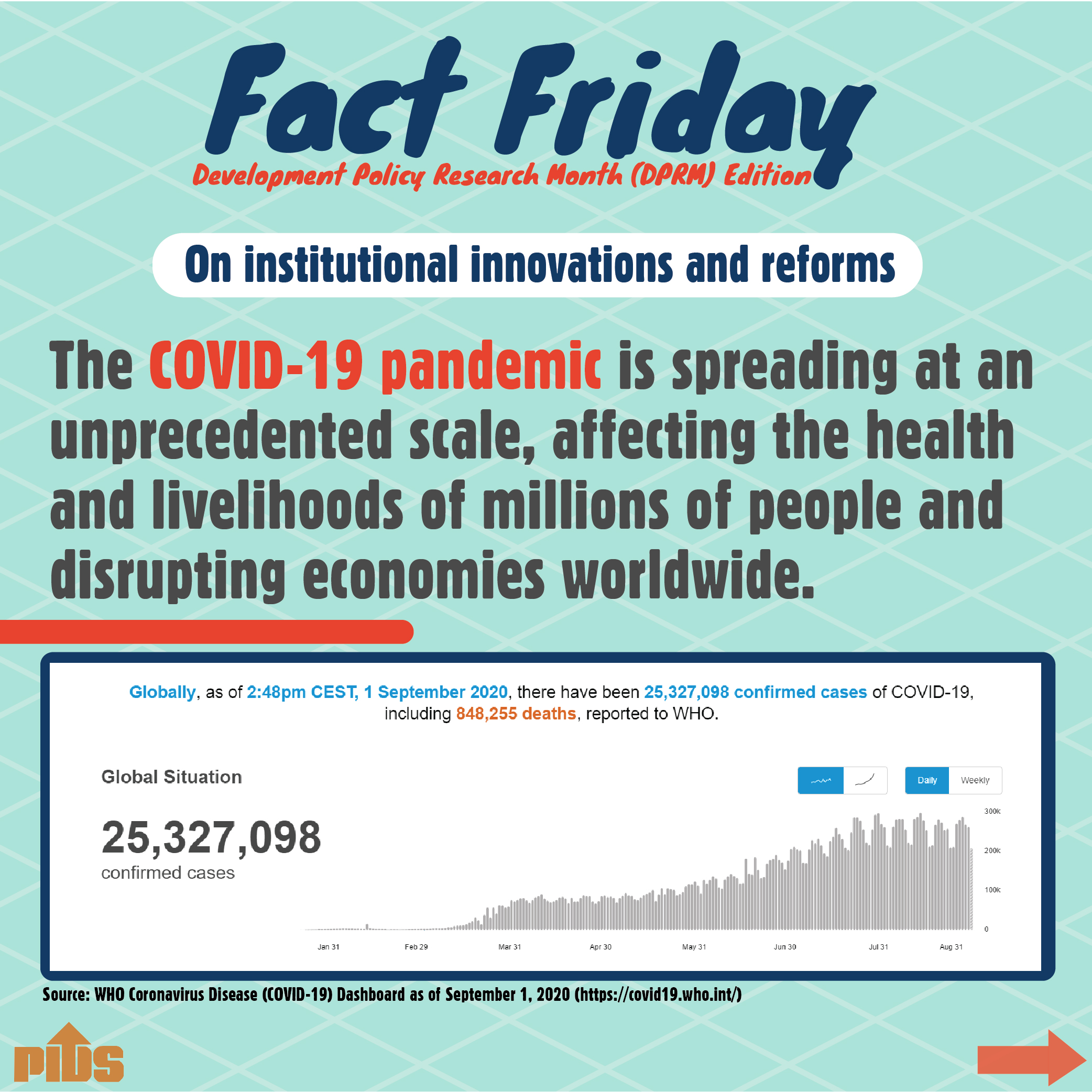The Philippines should implement strong medium-term structural reforms to ensure growth, according to an expert in international business and investments during a seminar-forum at the Philippine Institute for Development Studies (PIDS) recently.
The country outperformed other emerging markets in Asia in the first half of 2013, noted Dr. Dan Steinbock, research director for international business at the India, China, and America Institute in the United States, during the Pulong Saliksikan on "Navigating in uncharted waters: Advanced and emerging economies after the US Fed’s tapering” at the Romulo Hall of Neda in Makati.
However, natural calamities such as last year’s typhoon "Haiyan” could derail the Philippines’ economic growth, highlighting the need for the government to adopt medium-term structural reforms. "The impact of typhoon Haiyan prevented the economy from ending the year on a high note,” Steinbock said.
"The typhoon did affect agricultural production, which will increase price pressures in near term, and upside risks to core inflation, which could be exacerbated by strong aid-related capital inflows,” he added. The current account surplus is enough to support the peso, but does not necessarily ensure an upside in growth.
"There is a need for structural reforms to address issues on exports, regional maritime disputes, and natural disasters,” Steinbock said. Moreover, the country should sustain its momentum, adding that it is important to know where the country is headed to even after President Aquino ends his term in 2016, Steinbock said. He lauded the country’s fiscal situation as shown by the decline in the debt-to-gross domestic product ratio, but said it was important to know if the result of fiscal reforms was truly structural.
With an overwhelmingly young demographic profile, "economic growth must be accompanied by job creation to address the country’s unemployment rate,” he said. The manufacturing sector should be a top priority for rapid industrialization, he added, noting China’s refocusing on global manufacturing, which has vastly improved the Chinese economy’s growth potential.//

